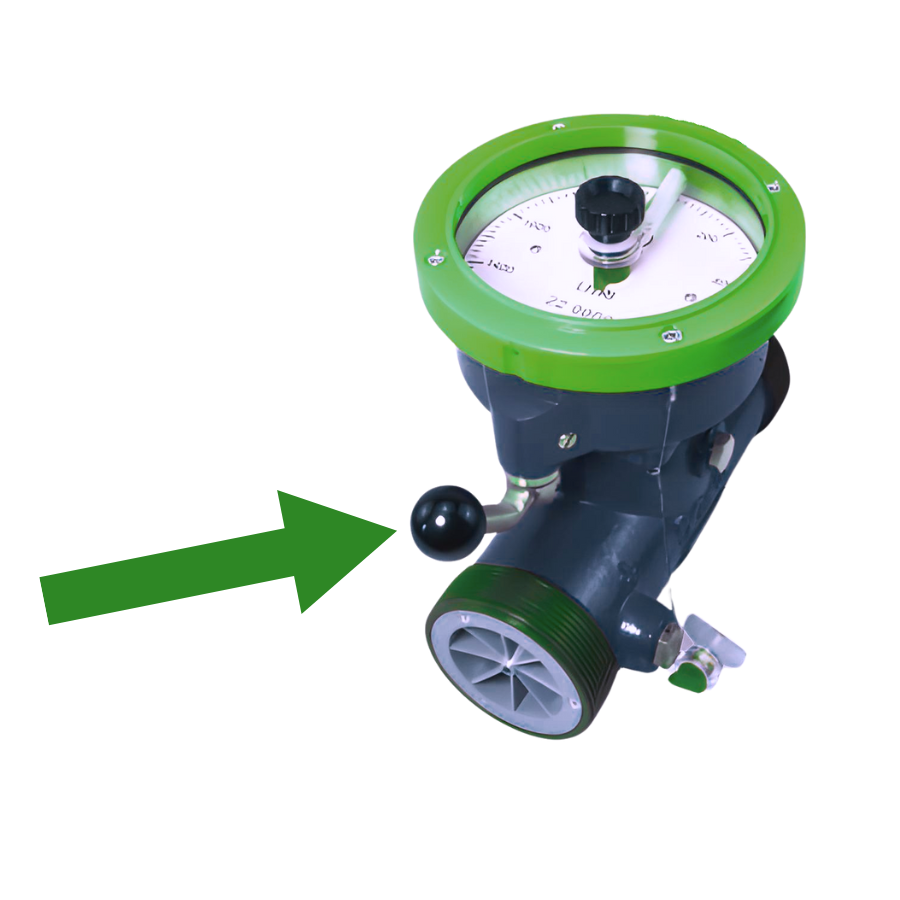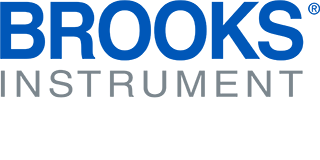
Select water meters in sizes which normally fall into one of two groups of Water Meter.
Most familiar water meters are mechanical meters that use a rotor that will spin as the flow of water increases to give a visual indication of flow and total volume. Some of the smaller water meters use a nutating disc method. Water meters are a popular option for drinking water and other domestic uses – often seen in agriculture and irrigation. When the water meter application becomes too large, it is often more practical and economical to use an electromagnetic meter.
How Water Meters Work?
Water meters can be used to provide only visual flow volume but can optionally be fitted with a pulsed output to trigger, once a certain water volume has been measured. The pulse can be set to activate at the turning of the cycle or cycles of the rotor (sometimes called turbine rotor) connected to a mechanical counter to give the combined volume of water that has passed through the meter over a time period e.g. hours, days, weeks, months and years.

What are the types of water meter?
Most of the water meters available are of the mechanical type as described above. We also stock hot water meters and cold-water meters for water batching. These water batch meters can be used to deliver volumes or batches of water without the need for a battery or power supply.

Why we cannot use a water meter for every application?
The water meters cover a range of sizes but since they are mechanical water meters, there is a limitation to the range of measurement and normally a minimum flow velocity is required to reach the advertised accuracy from the manufacturer. All Woltman Water meters (even from different manufacturers) are very simple to install and use, hence their popularity but as mentioned previously, there are limitations which can be overcome by using other flow meter types if necessary.
We will help our customers choose a water meter with a size that is suitable for the flow rate that they will be measuring.
It is important to check the flow velocity range of each meter if you intend to buy a water meter. In other words. We are making sure that the flow rate being measured does not exceed this. It might also be important to check the minimum readable flow velocity. If you need to do velocity (ft/s, m/s) calculations to volume e.g L/M, Gallons/H or other metric, imperial or even SI unit, there are many online water meter flow calculators to save time manually converting.

Residential water meters are a commonly bought product in the Philippines and the price list for the water meter will also depend on the quantity. For example, the price for a 2” water meter can vary considerably if a comparison is being done between purchasing only 1 water meter or 100,000 pieces.
If you would like for us to assist in the selection of a new water meter for an application that has had no previous meter installed, the following answers to these questions will be useful in speeding up an offer.
Questions such as:
- Minimum and Maximum Flow Velocities (or gallons per minute)
- Pipe Size and Material
- Temperature of the Water min/max
- Maximum Pressure Water Type e.g. Tap water, de-ionized water, demineralized water, distilled water, wastewater, sea water etc.
- Is the water relatively clear of particles?










